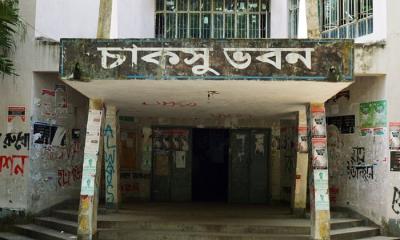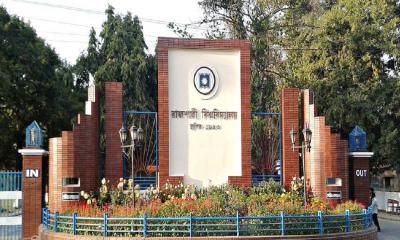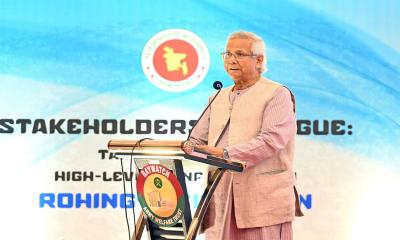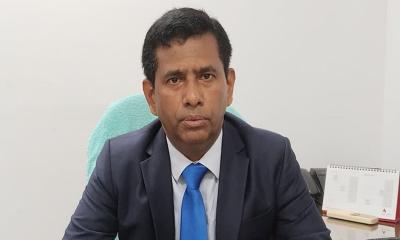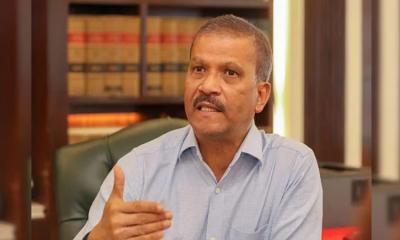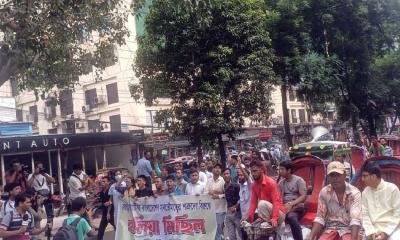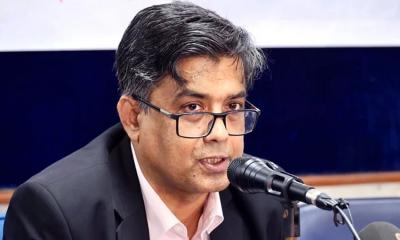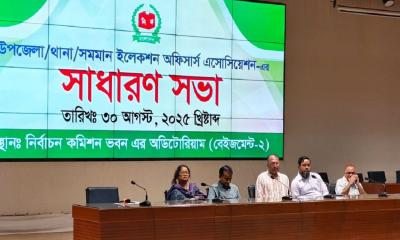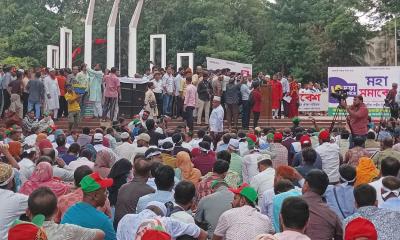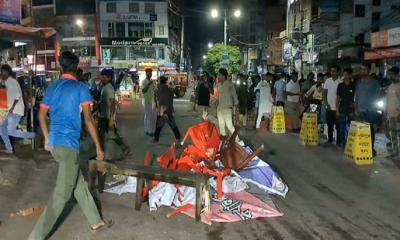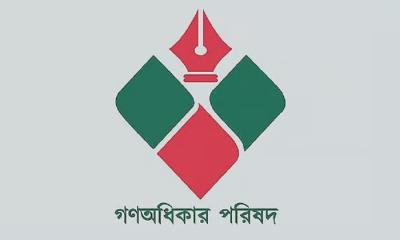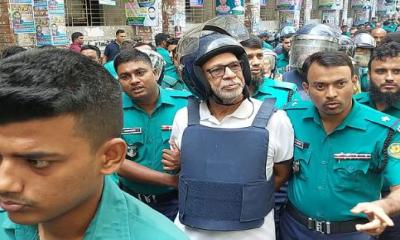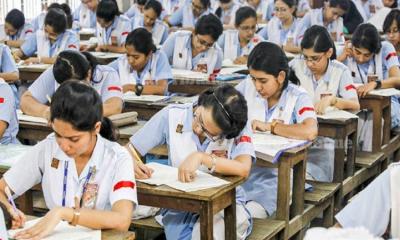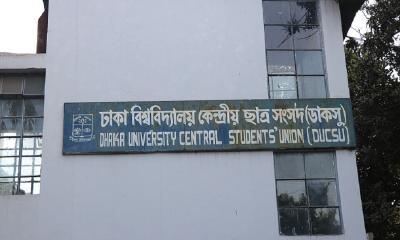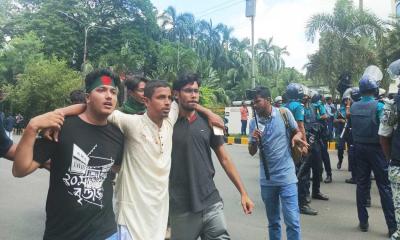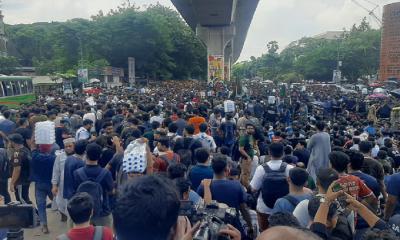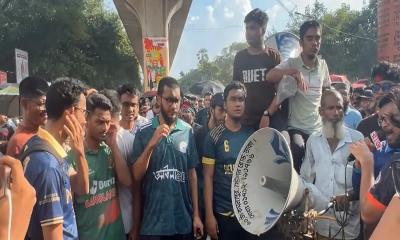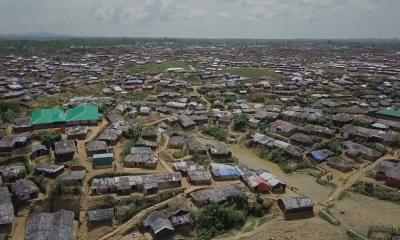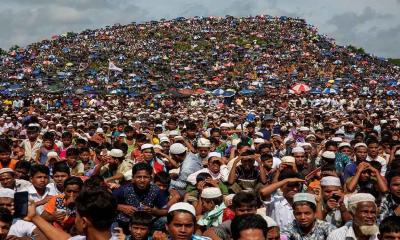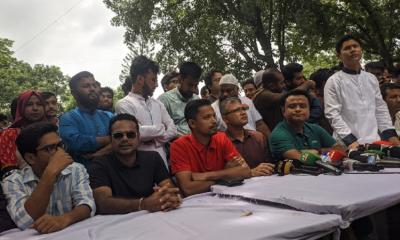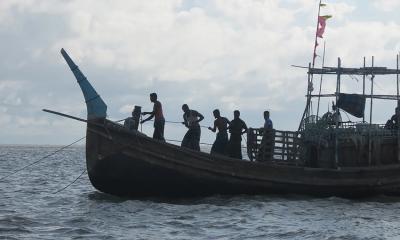As the flood situation worsens and draws towards the centre of the country, it has already taken 18 lives and rendered millions homeless.
The flood situation has deteriorated in nine upazilas of Netrakona, with water only receding in Durgapur.
At least 17 more districts in the northern and central parts of the country are at risk of flooding, the Flood Forecasting and Warning Centre warned on Sunday.
Almost 80% of Sylhet and 90% of Sunamganj is under water.
More than 40 lakh people have been marooned due to heavy showers and continuous onrush of water from upstream areas in India.
In the neighbouring country's Cherrapunji in Meghalaya, the district had recorded 97 centimetres rainfall over 24 hours on Friday, the third-highest quantity of rainfall recorded there in the last 122 years.
Over 300 villages in Moulvibazar have been inundated. In the district's Baralekha upazila, 200 villages under 10 unions have been submerged.
As the country grapples with how to deal with the growing disaster, some fearing which could be the worst in 20 years, experts say the blame squarely lies on the feet of human intervention.
Human intervention had destroyed the 124km passage for discharging stormwater from Cherrapunji to Bhairab, said Gawher Nayeem Wahra, member secretary of the Foundation for Disaster Forum.
"The huge amount of silt coming with the downpours flows down not only the tributaries and distributaries, but also the flood plains. But we have developed a road network blocking the drainage passage," he said, adding it was clear that this was an anthropogenic cause.
He also faulted lack of waste management in many districts suffering the brunt of the floods.
Climate experts, meanwhile, have said the country's geographical position means it will become prone to more extreme weather events in the future.





